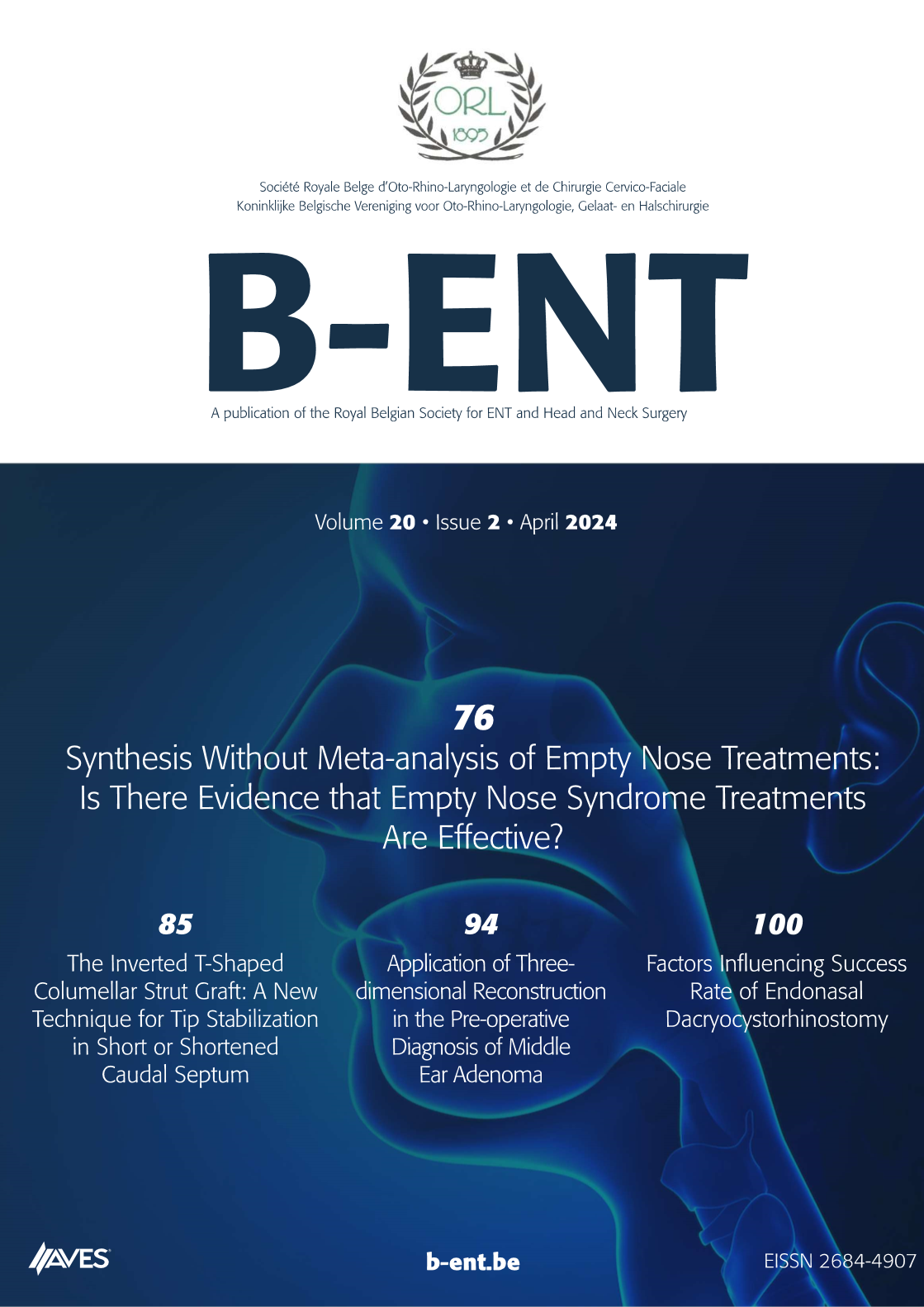Objectives: Understanding the etiologies of secondary otalgia can help in the assessment and treatment of the disease. The two most common causes of secondary otalgia are temporomandibular joint (TMJ) disorders (TMD) and cervical region disorders (CRD). The aim of this study was to determine the pain characteristics of secondary otalgia related to TMD and CRD, and to evaluate how these features affect diagnostics.
Methodology: Two hundred patients admitted to the outpatient clinic with secondary otalgia complaints and suspected TMD and/or CRD were included. Based on standardized examinations and interviews, patients were classified into 3 groups; CRD group (47.5%), TMD group (46%), and the mixed group (6.5%). All patients were questioned regarding their pain and general characteristics. Data obtained were compared between groups.
Results: There were no significant differences between any groups in terms of mean age, average duration of the complaint, or gender distribution (p >0.05). Pain in the TMD group was felt in the inner ear (51.3%) and front of the ear (40.8%, p < 0.05), while pain in the CRD group was mostly localized behind the ear (47.6%, p < 0.05). There were no significant differences between the CRD and TMD groups in terms of pain characteristics (duration, daily course, and severity; p>0.05).
Conclusions: It may not be possible to find etiologic factors in patients with secondary otalgia. Most patients reporting secondary otalgia also had CRD, TMD, or both. Therefore, a detailed examination and questioning of these patients will be helpful in the diagnosis.



.png)
